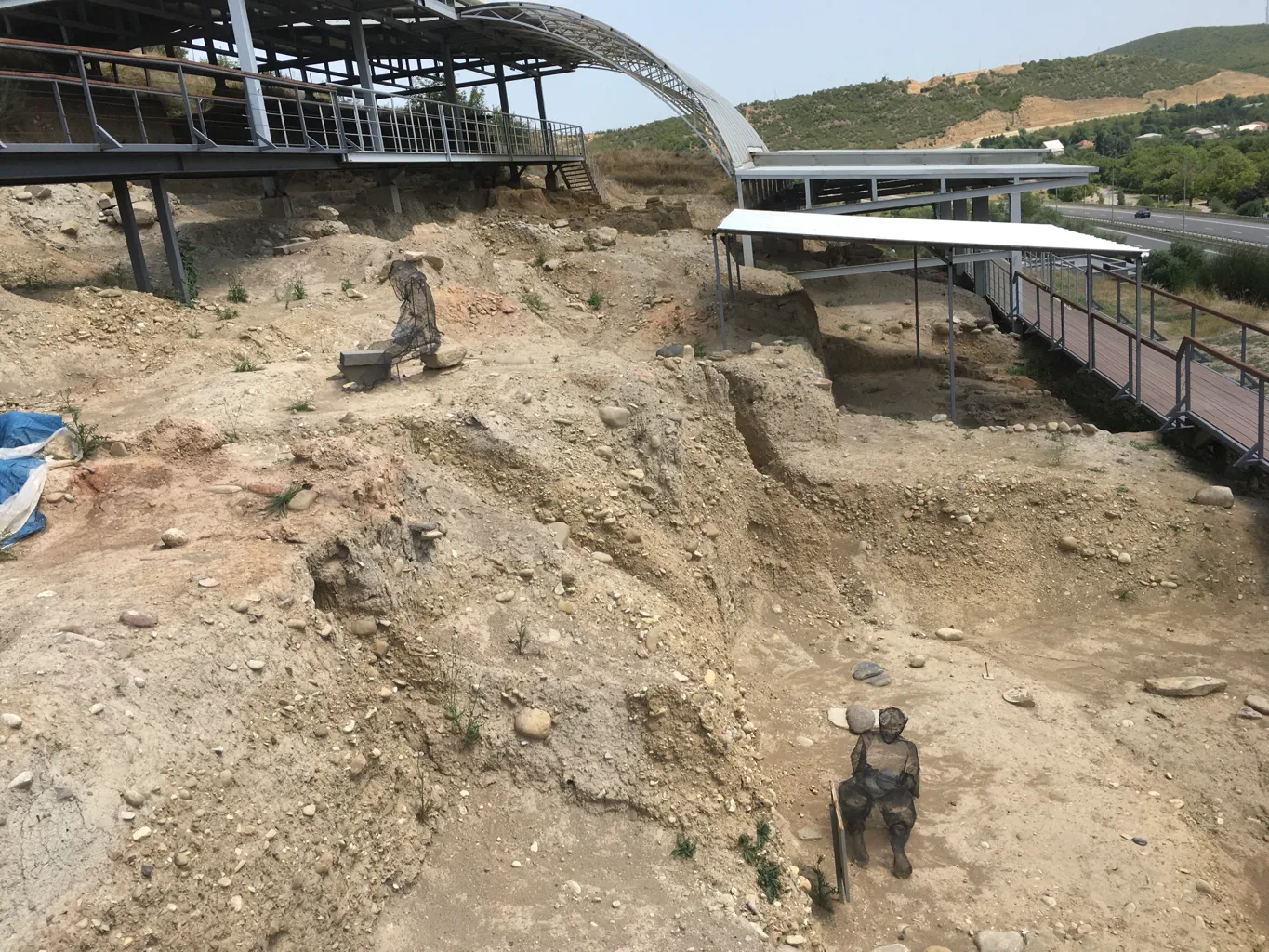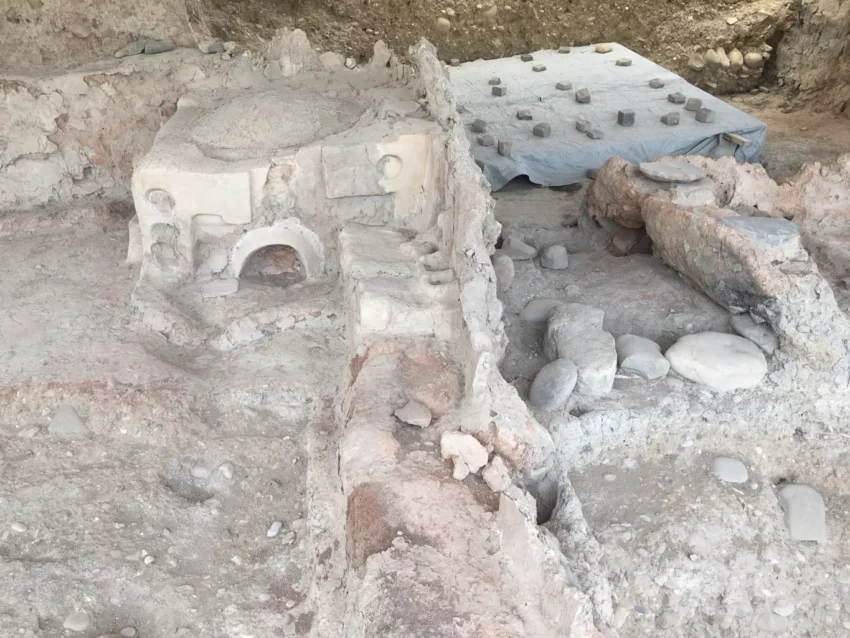Introduction to Grakliani Hill: A Pivotal Archaeological Site in Georgia
Grakliani Hill, located near Kaspi in eastern Georgia, is an archaeological site of significant importance, evidencing human activity that potentially dates back to 300,000 years ago. Discovered in 2007 during the expansion of the Tbilisi-Senaki-Leselidze highway, this site has since been a focal point of research conducted by Tbilisi State University.
Get your dose of History via Email
Archaeological Layout and Historical Occupancy
Grakliani Hill encompasses several key historical features. Notably, it houses a temple dedicated to a fertility goddess from the 7th century BC, a pit-type burial cemetery from the early Bronze Age, and the remnants of a building dating from around 450-350 BC. This building includes three main rooms accompanied by three storage areas. The site’s continuous occupation spans from the Chalcolithic period up to the Late Hellenistic period, illustrating a long and varied history of human settlement.
Discoveries at Grakliani Hill
The excavation efforts at Grakliani Hill have been fruitful, with over 35,000 artifacts unearthed within just the first two months of digging. These artifacts range from children’s toys and weapons to icons and pharmacological devices, all dating back to as early as the 8th century BC. Among the notable discoveries are several golden and bronze discs from the 6th century BC, showcasing advanced gilding and engraving techniques.
One of the most remarkable finds is a 4th century BC printing device, a rare type of seal used for stamping judicial documents, believed to have originated from Uruk in Mesopotamia. Additionally, a large and intricately decorated ritual oven was uncovered, marking an unprecedented discovery in the field of archaeology.

The Grakliani Script: A Groundbreaking Discovery
In 2015, a previously unknown script was found beneath the collapsed altar of the fertility goddess’s temple, dating back to the 7th century BC. This script, which bears no resemblance to any known alphabets but shows conjectural links to ancient Greek and Aramaic, is considered the oldest native alphabet discovered in the Caucasus region. This finding predates any indigenous writing found in the area by a thousand years, significantly predating the earliest Armenian and Georgian scripts from the 5th century AD.
Significance and Future Plans
The discoveries at Grakliani Hill have profound implications for Georgian history and have garnered significant international interest. According to Vakhtang Licheli, head of the Institute of Archaeology at the State University, these findings affirm the 3000-year-old existence of Georgian statehood. The Georgian Ministry of Culture has announced plans to transform Grakliani Hill into an open-air museum, further preserving and showcasing its historical significance.
In conclusion, Grakliani Hill stands as a testament to the rich and diverse historical narrative of Georgia, offering invaluable insights into the region’s past civilizations and technological advancements. The ongoing research and excavations continue to reveal the depth and complexity of human history embedded within this remarkable site.
Sources:

